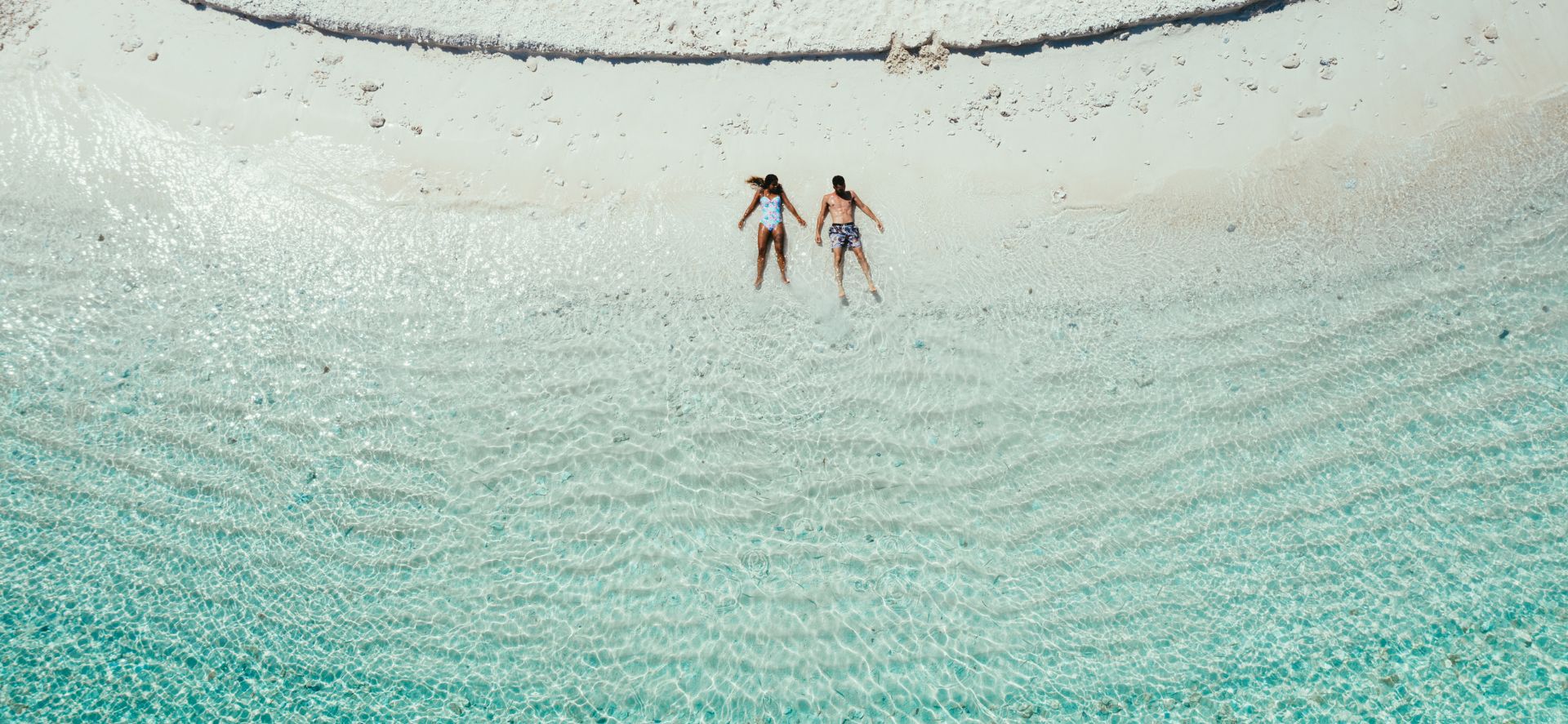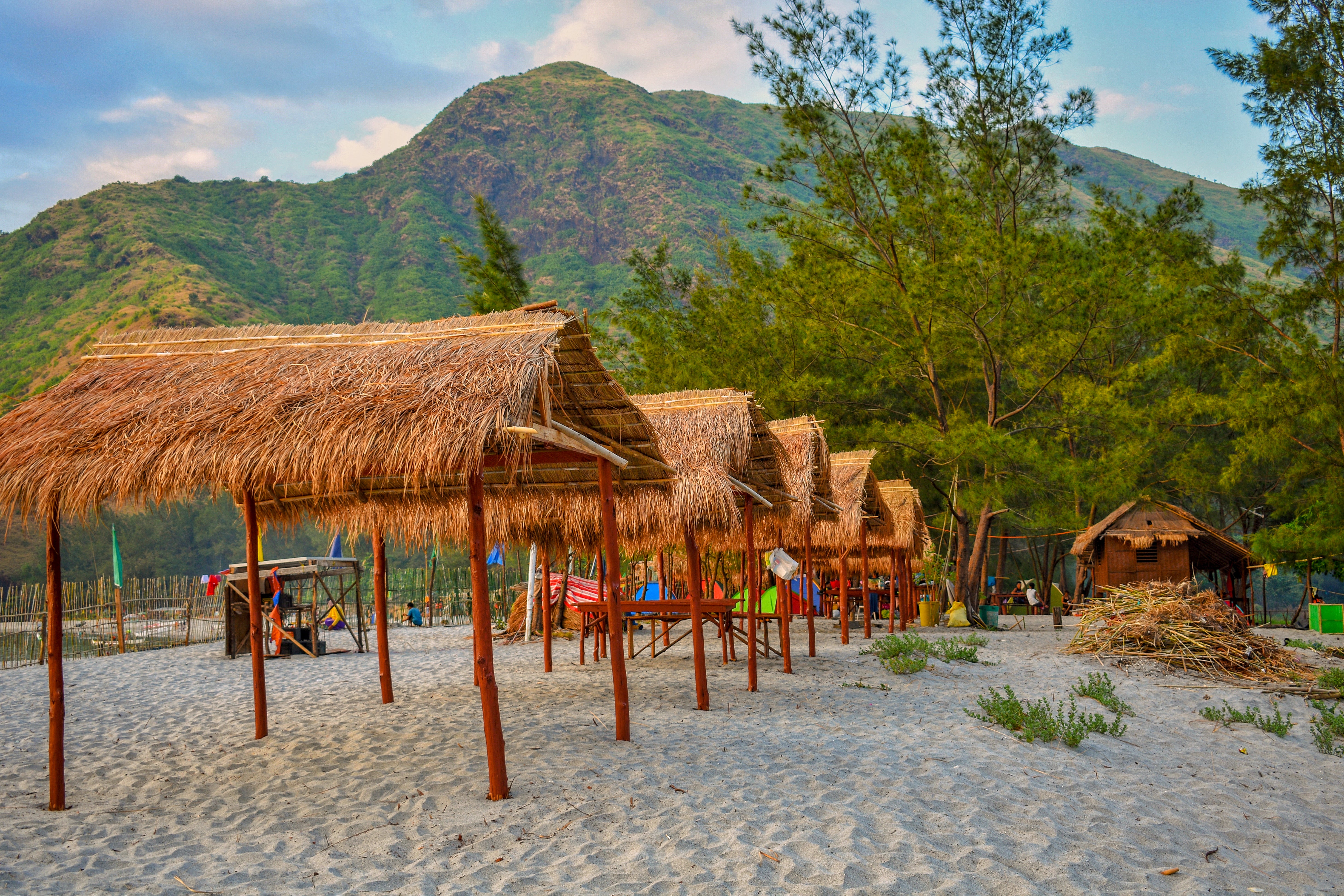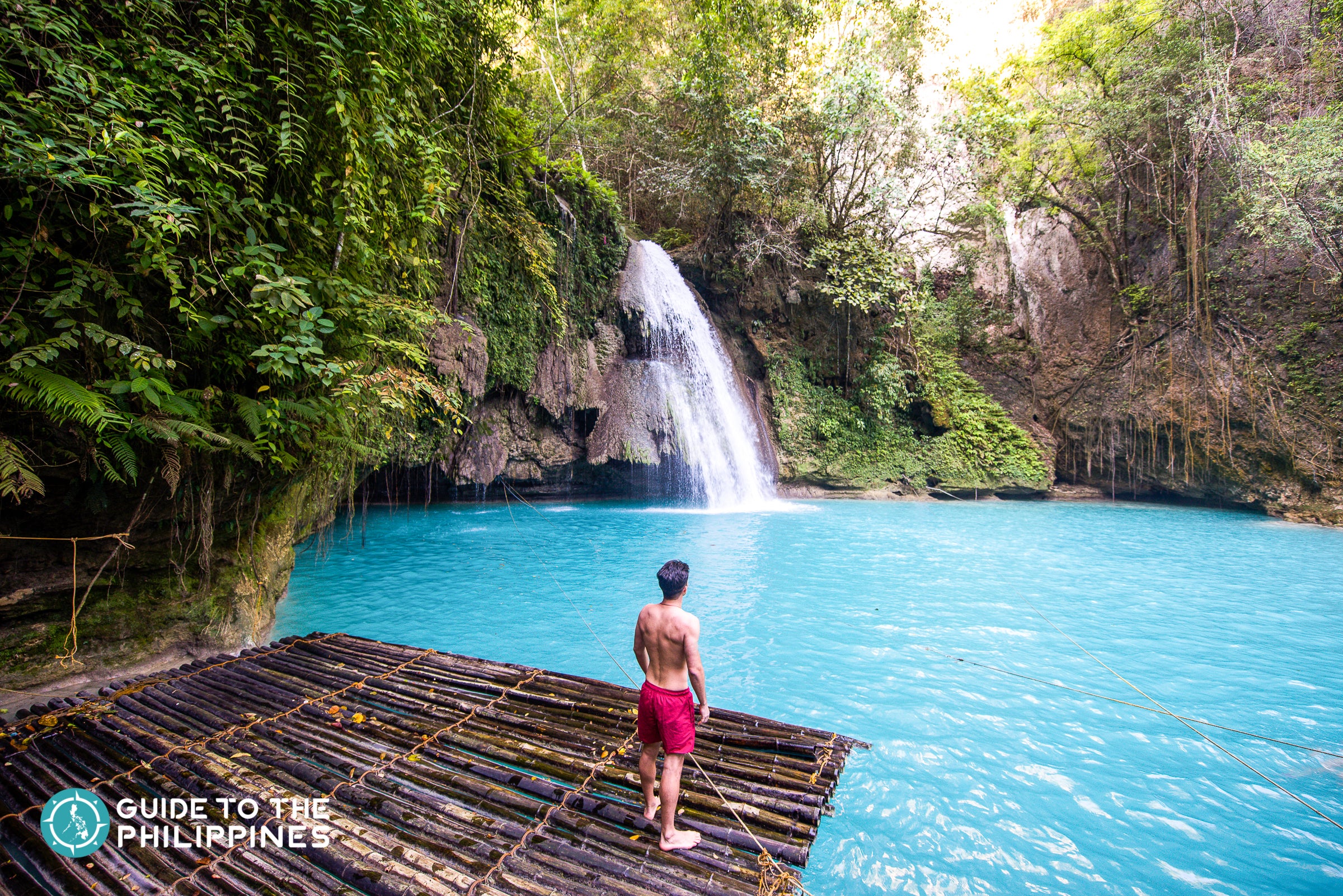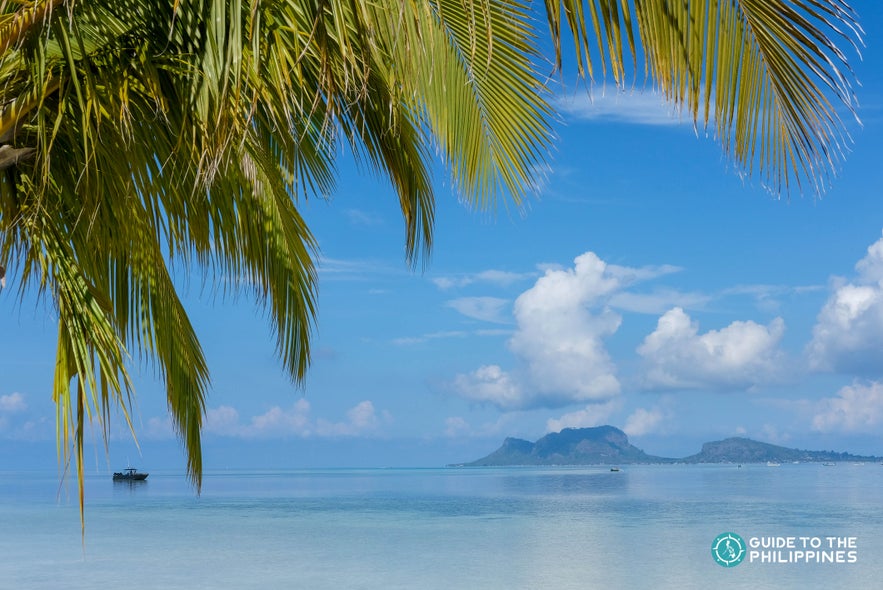
As the southernmost province in the Philippines, Tawi-Tawi is considered as one of the most off-the-beaten-path destinations in the country. Tawi-Tawi is home to a diverse and colorful culture that has flourished and preserved for hundreds of years, visitors to this province are sure to be treated to a unique experience.
- Explore the widest selection of activities and tours in Tawi-Tawi Island Province and discover the beauty, culture, and untouched landscapes of the south.
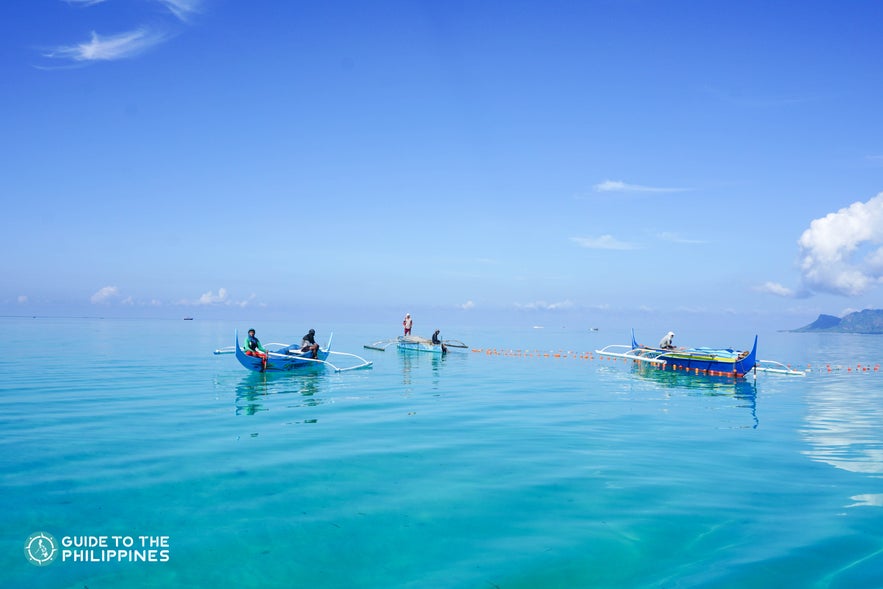
Previously overlooked and unreasonably associated with security concerns, Tawi-Tawi is quickly becoming a favorite destination for travelers in search of a place teeming with cultural wonders and unforgettable sights.
For first-time travelers planning a vacation to Tawi-Tawi, this travel guide should help you decide where to go, where to stay and what to do while you’re there.
Best Time to Go to Tawi-Tawi
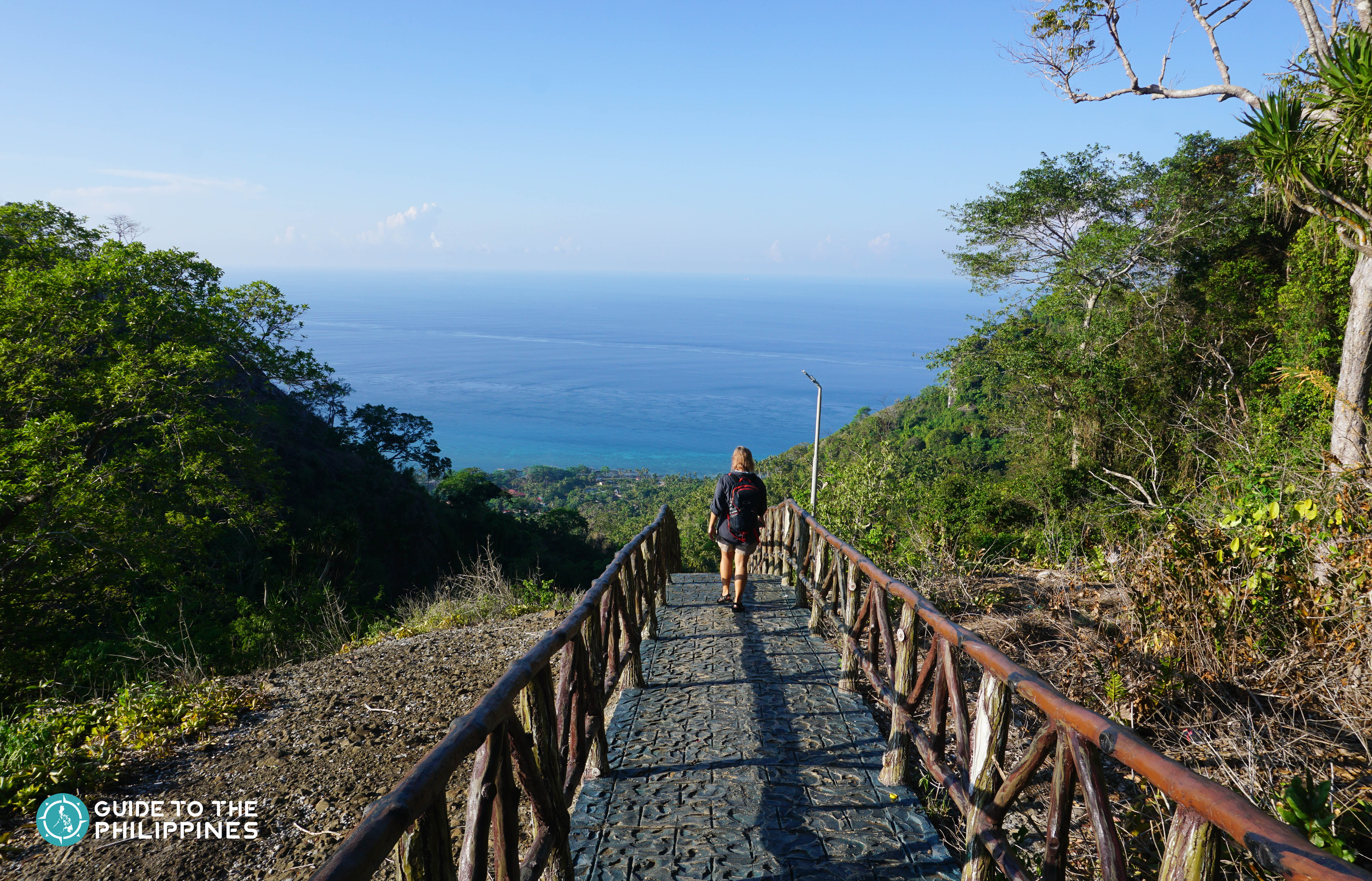
The good thing about Tawi-Tawi is that it is not part of the so-called "typhoon belt" of the Philippines, making it an ideal destination to visit all year long.
Rains may occur but only for short bursts of time. Still, it is recommended to check weather forecasts before setting out on a sea journey to the different islands in the province.
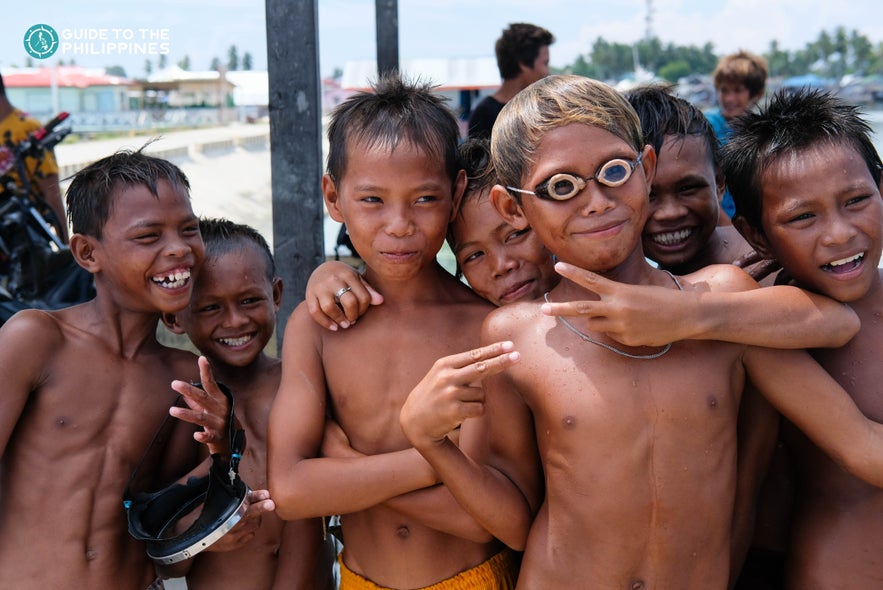
Agal-Agal Festival | September
This festival includes a street parade and dancing competitions with each contingent, formed by representatives from various towns, depicting the way of life of the Sama people.
Spellbinding choreography re-enacting the harvesting of seaweeds (agal-agal), courtships, and supernatural rituals are performed. Every year, the festival is hosted in a different town in Tawi-Tawi.
How to Get to Tawi-Tawi
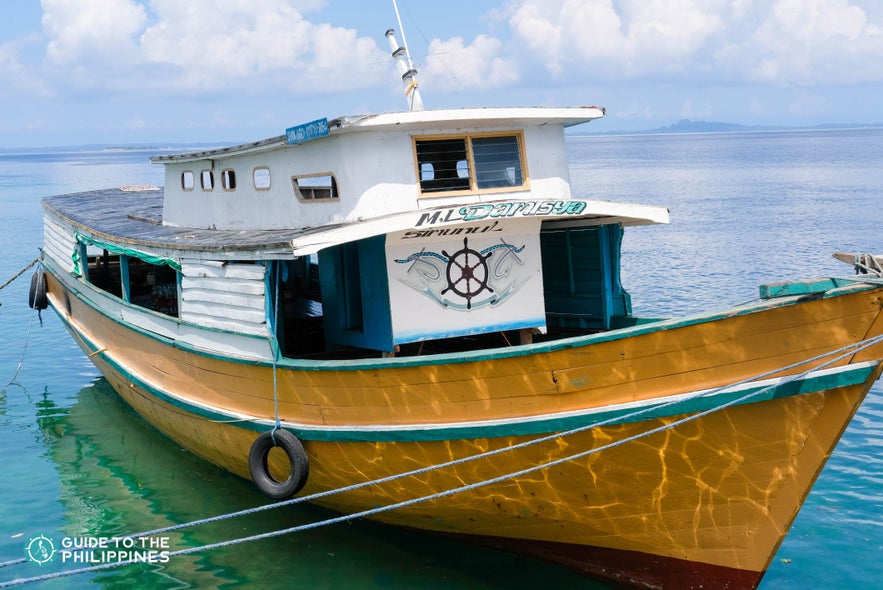
As the southernmost province in the country and being closer to Sabah, Malaysia than mainland Mindanao, traveling to Tawi-Tawi used to be a difficult undertaking.
Today, with the help of new infrastructures and a tourism program aimed at promoting the province as a new travel destination, going to Tawi-Tawi has become doable for most travelers. Here are the leading ways of going to Tawi-Tawi from major hubs in Manila in Luzon and Zamboanga City and Cotabato in Mindanao.
By Air
Currently, there are no direct flights from Manila to Tawi-Tawi so you need to book a connecting flight via Zamboanga and Cotabato. Sanga-Sanga Airport in Bongao, Tawi-Tawi serves Philippine Airlines flights from Zamboanga City and Cotabato and Cebu Pacific flights from Zamboanga City.
In June 2022, Philippine Airlines launched Cotabato to Tawi-Tawi route flights and vice versa, the first-ever air link within the Bangsamoro Autonomous Region in Muslim Mindanao (BARMM). This was followed by the opening of the Manila to Tawi-Tawi flights via Cotabato.
By Sea
Aleson Shipping plies the waters of Sulu Sea to connect passengers from Zamboanga City to Bongao every Monday, Wednesday, and Friday. Sea voyage usually lasts 15 to 18 hours.
2GO Travel also has ferry routes going to Bongao, Tawi-Tawi from Cebu, and Manila. Another ferry from Semporna in Malaysia goes to Bongao once a week.
Getting Around Tawi-Tawi
Getting around Bongao, Tawi-Tawi is relatively easy as it is a small island connected by paved roads. Jeepneys, motor taxis (habal-habal), and tricycles are the main modes of transportation on the island.
Private vans offered by tour companies are also available. There are also available public ferries that take travelers to the other islands of Tawi-Tawi.
By Jeep
Jeepneys depart Bongao Public Market multiple times daily to shuttle passengers to the other towns in Bongao.
By Tricycle
 “Habal-habal” (motor taxis) and Tricycles are the mainland transportation in Bongao and the other islands in Tawi-Tawi. If you are exploring a town in Tawi-Tawi, the best way is to take the tricycle as they can easily navigate narrow streets.
“Habal-habal” (motor taxis) and Tricycles are the mainland transportation in Bongao and the other islands in Tawi-Tawi. If you are exploring a town in Tawi-Tawi, the best way is to take the tricycle as they can easily navigate narrow streets.
Fare tips: Remember to politely negotiate with your driver but refrain from haggling too much to the point that you may short-change them.
By Boat
 While motor taxis and tricycles are the main mode of transit on the islands of Tawi-Tawi, sea travel is another main transportation of going from island to another.
While motor taxis and tricycles are the main mode of transit on the islands of Tawi-Tawi, sea travel is another main transportation of going from island to another.
Public ferry boats are available from Bongao going to Sitangkai, Simunul, Liyaburan, Sibutu, Sipangkot, and Languyan. Renting a private boat is also possible, especially if you will visit the sandbar of Panampangan Island.
Where to Stay in Tawi-Tawi
The majority of accommodations are situated in Bongao, the capital of Tawi-Tawi. Several small hotels and inns are all clustered within a short distance from each other and inside the downtown area.
Rachel's Place Hotel and Restaurant
 Photo by Rachel's Place Hotel and Restaurant
Photo by Rachel's Place Hotel and Restaurant
Probably the most popular accommodation in Bongao frequented by business travelers and backpackers, Rachel's Place is situated right at the center of Bongao. It has a spacious garden where guests can hang around or work using the hotel's Wi-Fi and several air-conditioned rooms good for 2-4 people. The hotel also has a dining area and a multi-purpose hall.
Hotel Juana Grill and Sandbar Restaurant
Located the center of the bustling part of Bongao where much of the trading activities happen, this hotel is perfect for travelers looking for a no-frills and affordable place to crash for the night.
Beachside Inn Hotel and Restaurant
 Photo by Beachside Inn Hotel and Restaurant
Photo by Beachside Inn Hotel and Restaurant
Said to be the first hotel to be established in Bongao, this beachfront hotel is where locals bring their guests from other parts of the Philippines, to stay during their vacation in Tawi-Tawi. Beachside Inn's alfresco dining area is also a popular place to eat in Tawi-Tawi.
Sandbar Lepa Beach Hotel and Restaurant
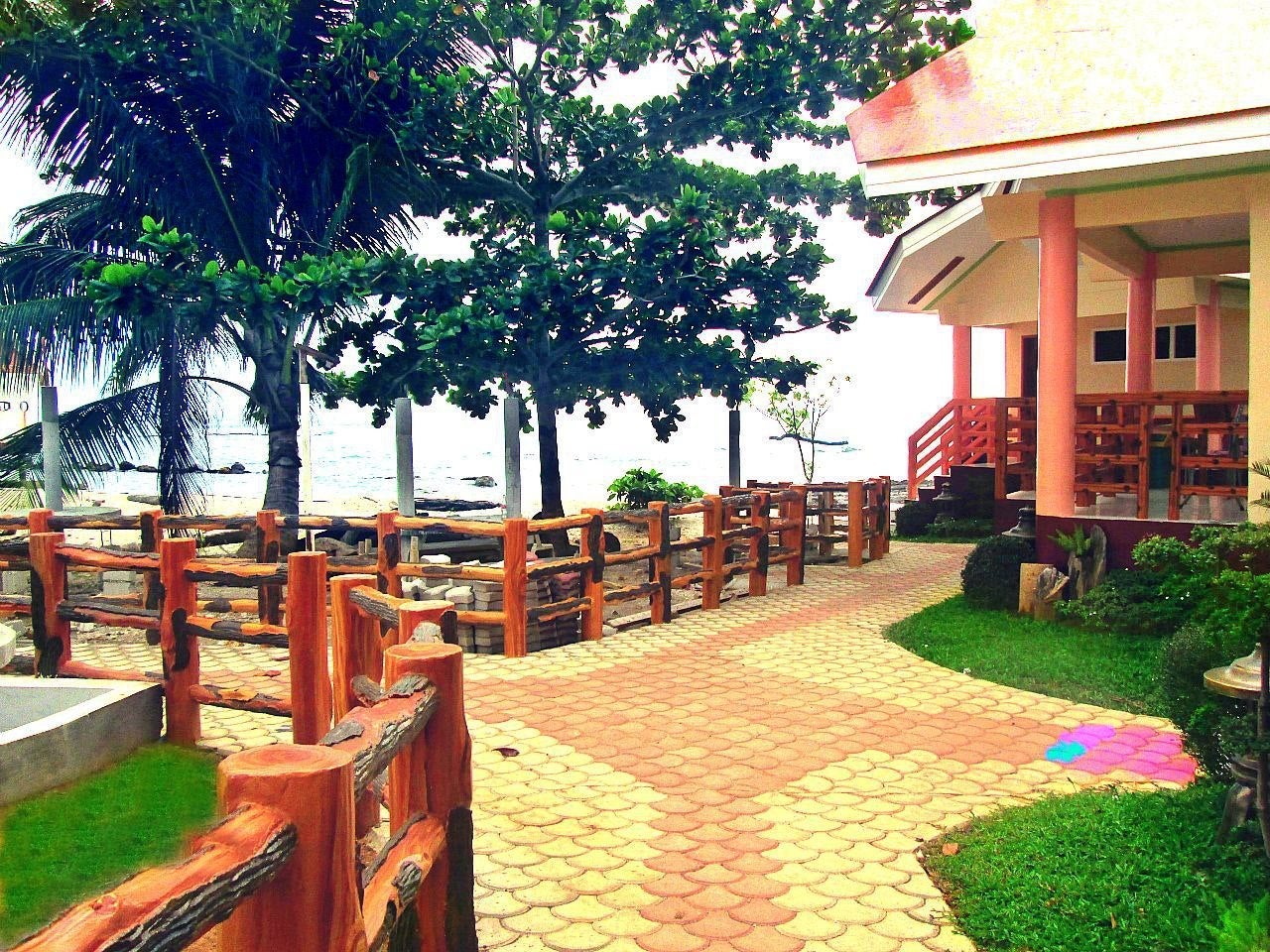
Photo by Sandbar Lepa Beach Hotel and Restaurant
A fairly newly-built hotel considered as the most high-end accommodation in Bongao, Sandbar Lepa Beach Hotel features minimalistic rooms with twin beds, air-conditioner, cable TV and a conference hall.
Almari Beach Resort
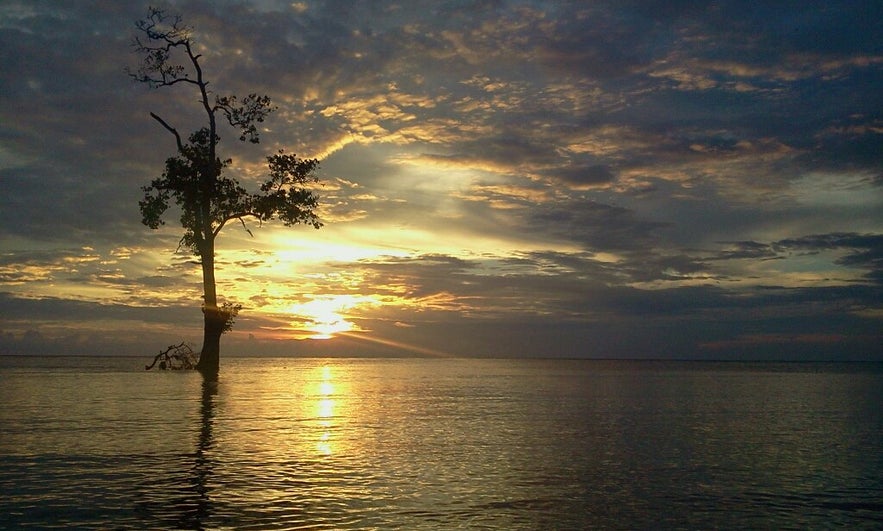
Photo by Almari Beach Resort
This quiet escape nestled along a quaint shoreline, was also where the music video of a local Filipino song about Tawi-Tawi was shot. A row of a dozen rooms sits in front of a scenic view of the sea.
Aaron’s Pension House
This small pension house is perfect for a small group of travelers. Also located near downtown Bongao, it is near the market, the seaport, and the jeepney terminal.
Vacation Home Rentals
There are a few vacation home rentals available for short-term lease in Tawi-Tawi. It is best to consult with the provincial tourism office at the Provincial Capitol for a listing of such properties as most aren’t listed yet online.
What to See and Do in Tawi-Tawi
Although it's a small island province, Tawi-Tawi doesn't fall short on tourist spots and activities that will be enjoyed by any type of traveler. Here are some of the must-visit attractions in Tawi-Tawi.
Panampangan Island
Photo by Bryehero
An hour away from Bongao by a fast boat, Panampangan Island is arguable one of the most stunning islands in the country. It’s believed to have the longest sandbar in the Philippines.
According to environment and mapping advocate Ervin Malicdem “during low tide, the sandbar extends far out to about three kilometers to its neighboring islet, Basibuli; also, in the same reef.”
Lush greens composed of towering coconut trees occupy a large section of the island. These provide adequate shade, while the rest of the island is composed of a picturesque snaking sandbar framed by the crystal-clear waters of Celebes Sea. A day trip here screams of nothing but a fantastic experience.
Bud Bongao Peak
 Tawi-Tawi’s sacred mountain of Bud Bongao is only 1,100 feet above sea level, but it holds a taller significance to the history, culture, and religion in the province. Some even believe that one of the followers of Karim ul-Makhdum — the Arab preacher who first brought Islam to the country more than 600 years ago — was buried here.
Tawi-Tawi’s sacred mountain of Bud Bongao is only 1,100 feet above sea level, but it holds a taller significance to the history, culture, and religion in the province. Some even believe that one of the followers of Karim ul-Makhdum — the Arab preacher who first brought Islam to the country more than 600 years ago — was buried here.
Today, Bud Bongao remains much revered by the locals. It’s also a biodiversity area that spans 250 hectares, protected by both the local government of Bongao and the hundreds of playful long-tailed macaques who hang out along the trail to the top.
Old Chinese Port
Apart from the bustling seaside activities, the colorful row of lantsa (motorized wooden boats) docked at the old Chinese Port in Bongao, Tawi-Tawi, instantly arrests your attention. It was the main trading port between the Arab, Malays, and Chinese merchants hundreds of years ago.
Today, it still serves as a chief fishing and trading port aside from being an important sea hub to the many islands of Tawi-Tawi and as some would say, even to Malaysia and Indonesia.
Sheik Karim al Makdum Mosque
 Located in the island of Simunul, this mosque is considered the oldest in the Philippines. It was built in 1380 and was named after its builder, Arab merchant, and Islamic preacher Sheik Makdum Karim.
Located in the island of Simunul, this mosque is considered the oldest in the Philippines. It was built in 1380 and was named after its builder, Arab merchant, and Islamic preacher Sheik Makdum Karim.
While the mosque has been rebuilt many times, four of the original wooden pillars inside the mosque still exist. The graveyard at the back is believed to be where the remains of Sheik Makdum Karim was buried.
Bajau Village in Bongao
 Witness a day in the life of the Sama Dilaut people who live in stilt houses adjacent to the wooden footbridge leading to the sea. This community in the municipality of Bongao provides a wonderful peek into the culture of the Bajaus (Badjao).
Witness a day in the life of the Sama Dilaut people who live in stilt houses adjacent to the wooden footbridge leading to the sea. This community in the municipality of Bongao provides a wonderful peek into the culture of the Bajaus (Badjao).
Apart from learning about their oceanic style of living, one will also be amazed by their craftsmanship in weaving, particularly the various colorful banig (hand-woven mat) a lot of them make every day.
Sama Dilaut and Tausug Stilt Houses in Sitangkai
 Another fascinating picture exists in the island of Sitangkai, where most Sama Dilaut and Tausug people prefer to live on stilt houses on the water than to settle on dry land.
Another fascinating picture exists in the island of Sitangkai, where most Sama Dilaut and Tausug people prefer to live on stilt houses on the water than to settle on dry land.
These stilt houses can be seen surrounding the island’s turquoise waters and into inner canals leading to several the island’s municipalities.
Aside from this interesting way of living, Sitangkai also holds the reputation of being Tawi-Tawi’s seaweed capital.
Tawi-Tawi Provincial Capitol
Standing atop a hill, the Provincial Capitol of Tawi-Tawi highlights a mosque dome to perfectly accompany its appealing Islamic architecture design. A morning jog to this spot gives you a great spot to catch your breath as you stare at the magnificent view of Bongao below.
Balobok Rock Shelter
This archaeological site located inside Bolobok Cave is another interesting place to explore in Tawi-Tawi. Previous excavations done in the cave have led to the discovery of numerous ancient artifacts like polished stones, flake tools, bones, and even animal remains that said to date back as far as 8,800 years ago.
Tawi-Tawi's Diving Spots
 An underrated diving destination because of its far location, Tawi-Tawi gifts scuba divers who venture this far, with an abundance of dive spots.
An underrated diving destination because of its far location, Tawi-Tawi gifts scuba divers who venture this far, with an abundance of dive spots.
Because the waters surrounding Tawi-Tawi lies inside the Coral Triangle, there are many dive spots around the many islands of Tawi-Tawi. There are around more than 2,000 species of fish and 600 species of corals that can be found in the waters around Tawi-Tawi.
Other Lesser-known Islands
 Other than Panampangan Island, Simunul and Sitangkai, there are other noteworthy islands such as Papahag, Bilatan, and Laa that scatters around the vast Sulu Sea surrounding Tawi-Tawi. You can explore these islands for a whole day.
Other than Panampangan Island, Simunul and Sitangkai, there are other noteworthy islands such as Papahag, Bilatan, and Laa that scatters around the vast Sulu Sea surrounding Tawi-Tawi. You can explore these islands for a whole day.
What and Where to Eat in Tawi-Tawi
Tourism in Tawi-Tawi is still in infancy stages making it the ideal off-the-grid destination for travelers in search of lesser-known places. Because of this, small and authentic food stalls are found all over the province, especially in Bongao.
That said, there is still an absence of big or branded restaurants and fast-food branches in the province. Because of this, the culinary scene of Tawi-Tawi remains authentic and more local-centric.
Popular Local Cuisine
 Tawi-Tawi's culinary scene is a fusion of many influences characterized by its bountiful seafood industry, a taste of Moro and Malaysian cuisine, and the native dishes from a number of Filipino ethnic groups in Mindanao such as the Tausug, Maranao, Jama Mapun, Banguingui and more.
Tawi-Tawi's culinary scene is a fusion of many influences characterized by its bountiful seafood industry, a taste of Moro and Malaysian cuisine, and the native dishes from a number of Filipino ethnic groups in Mindanao such as the Tausug, Maranao, Jama Mapun, Banguingui and more.
The result is a rich blend of varying tastes that will make one’s journey in Tawi-Tawi produce such an extraordinary gastronomical adventure.
Tiyula Itum
 Tiyula Itum is a popular Tausug dish popular in Zamboanga, Sulu, and Tawi-Tawi. It is characterized by a black sauce made with burnt coconut meat that adds a distinct taste to the tender braised beef.
Tiyula Itum is a popular Tausug dish popular in Zamboanga, Sulu, and Tawi-Tawi. It is characterized by a black sauce made with burnt coconut meat that adds a distinct taste to the tender braised beef.
Other ingredients of this dish include: turmeric, ginger, onion, lengkuas, and garlic. This dish is also referred to as "Food for the Royalty" and is commonly served during weddings and other special events like the Hari Raya festivities.
Chicken Piyanggang
Almost similar to Tiyula Itum because it also incorporates the process of burning coconut meat to produce a thick black sauce, this dish's main star is the chicken. Cooked alongside the chicken are other ingredients like lemongrass, turmeric, chili, garlic, coconut milk, and onions.
Kahanga Rendang
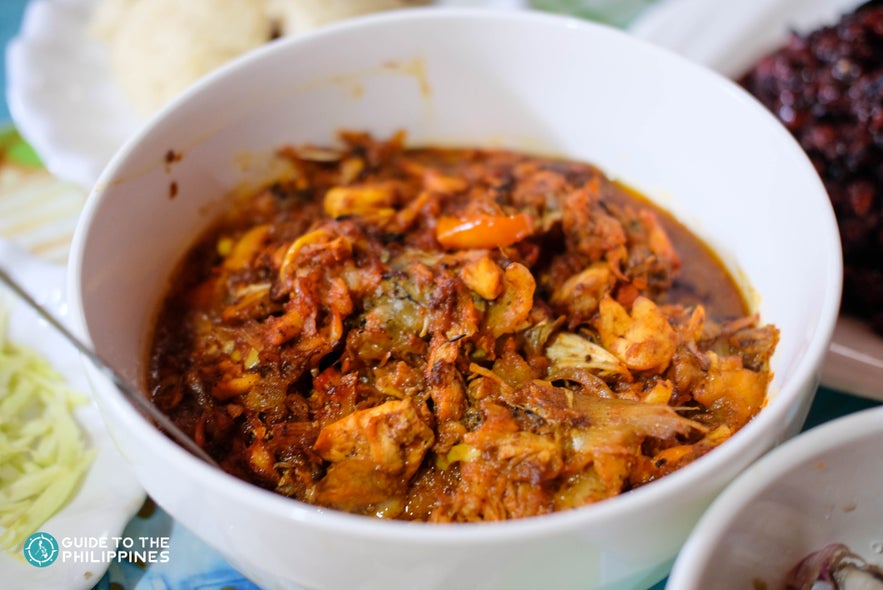
This is a dish comprised of shellfish meat stir-fried with seasonings of lemongrass, golden coconut meat, lemongrass, and onions.
Pickled Agal-Agal (Seaweed)
Since seaweed is among the main produce of Tawi-Tawi, locals have come up with an appetizing seaweed-based salad. They call it the Pickled Agal-agal, which is prepared with brown sugar, olive oil, lemon juice, and thin slices of green mangoes.
Chicken and Beef Satti
 Satti is a flavourful dish popular in the Zamboanga Peninsula, Sulu, and Tawi-Tawi. It is a grilled chicken or beef served in sticks and accompanied with a thick sauce and sticky rice.
Satti is a flavourful dish popular in the Zamboanga Peninsula, Sulu, and Tawi-Tawi. It is a grilled chicken or beef served in sticks and accompanied with a thick sauce and sticky rice.
The yellow-colored sauce is made with ingredients like turmeric, curry, garlic, and pepper—all combining to create a savory taste.
Pastil

At first glance, Pastil appears like a smaller version of the empanada but inside its fillings are rice noodles (pancit bihon) perfect for a pairing with spicy vinegar. This is the favorite snack of most locals.
Malaysian Cuisine
If you haven't been to Malaysia, Tawi-Tawi is the place to try out some Malaysian cuisine. A number of side-street eateries serve an array of favorite dishes from our Southeast Asian neighbor. These includes Nasih Goreng Pataya Ayam Daging, Mee Gooreng, Nasih Goreng, Mee Bandung, Mee Hailam and more.
Travel tip: Eating pork is strictly prohibited in the province of Tawi-Tawi by Islamic dietary laws
Recommended Best Restaurants and Bars
Now that you have a glimpse into what types of dishes await you in Tawi-Tawi, find out which restaurants you should add in your itinerary:
Fatima Shara
Situated in the downtown market area, this small eatery serves an assortment of local cuisine that includes tiyulah itum, agal-agal salad, grilled fish, and kinilaw.
Sandbar Beach Lepa and Restaurant
The in-house restaurant of Sandbar Beach Lepa Resort serves mouth-watering Mindanaoan cuisine that also includes local favorites. Their huge servings are perfect for a group of family or friends.
Ibbo Beach Resort
If you're craving for fresh seafood then you should dine at Ibbo Beach Resort's restaurant where they serve a bevy of the freshest seafood catch of the day.
Rachel’s Place
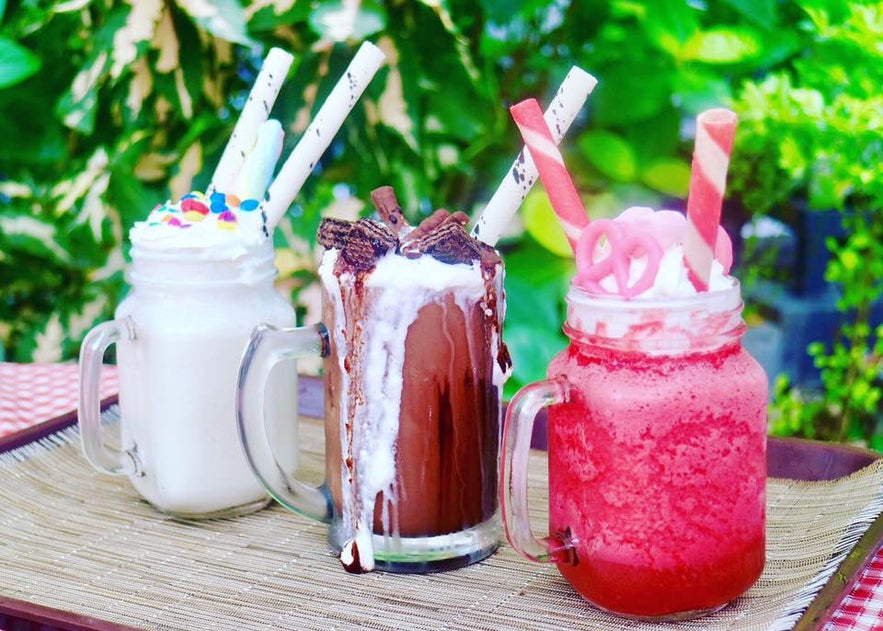
Photo by Rachel’s Place Hotel and Restaurant
Aside from having the most popular accommodation in Tawi-Tawi, Rachel’s Place’s in-house restaurant is also known for their good food, fraps, brewed coffee and silog-meals (fried rice and egg combo) for the all-day breakfast menu.
King of Chicken
Like its name suggests, this is the place to order rich-tasting chicken-based dishes including the local favorites: chicken sati, chicken [iyanggang and the tiyula itum.
Sameera Coffee
 Considered by locals as Tawi-Tawi's version of Starbucks but so much better, Sameera is a laid-back coffee place near the town, where you can order brewed coffee as you sit and quietly observe the daily way of living of the locals around you.
Considered by locals as Tawi-Tawi's version of Starbucks but so much better, Sameera is a laid-back coffee place near the town, where you can order brewed coffee as you sit and quietly observe the daily way of living of the locals around you.
Practical Information and Tips
If you're planning a trip to Tawi-Tawi, make sure to read through these important information:
Security
Although Tawi-Tawi is now considered generally safe, it is still highly recommended to register first at the tourism office before proceeding with tours in Tawi-Tawi. After registering, there is a short briefing led by the tourism officers about the guidelines and other helpful tips in traveling around Tawi-Tawi.
Currency
Despite its proximity to Malaysia, the main currency used here is still the Philippine Peso. Philippine National Bank (PNB), Metrobank, and Allied Banking Corporation ATMs are located in the downtown area of Bongao. There are no ATMs in the other islands of Tawi-Tawi.
Currently, there are very few establishments that accept credit or debit cards, so it is still a wise idea to bring enough cash during the duration of your stay in Tawi-Tawi.
Language
The "Tausug" is the main language in Tawi-Tawi while many also speak the local "Sama" language, especially in the island of Sitangkai. Still, you will never get lost in translation in Tawi-Tawi as almost all residents also know how to speak Chavacano, Cebuano, Tagalog, Yakan, and English. Quite a few locals can also speak Malay.
Religion
99% of Tawi-Tawi's population approximately 390,735 belongs to the Islam religion while 0.7% are Christians.
Sample Itinerary in Tawi-Tawi
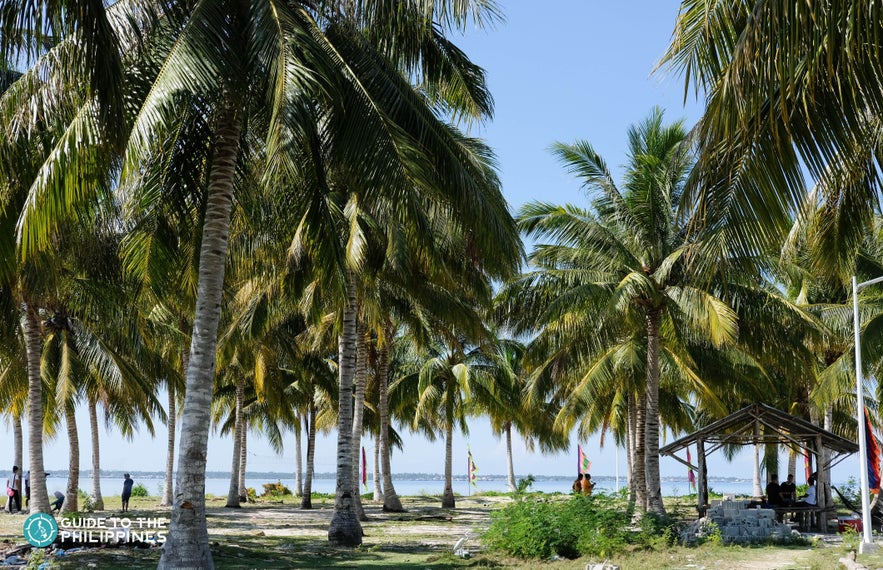
A typical itinerary in Tawi-Tawi consists of a chill walk around the town of Bongao and an activity-filled island hopping the next day(s). Depending on the number of days one will spend in Tawi-Tawi, the second day must include a trip to the country’s longest sandbar of Panampangan Island. To help you plan your trip, here is a sample 3-day itinerary in Tawi-Tawi:
- For a hassle-free trip, you can book a 3-Day Tawi-Tawi Island Nature & Culture Tour Package with Accommodation
Day 1: Arrival in Bongao, Tawi-Tawi
-
007:00 AM - Arrival at the hotel
-
07:30 AM - Check-in and breakfast
-
09:00 AM - 5:00 PM – Start of Bongao Tour: Old Chinese Port, Provincial Capitol, Market, Bajau Village, and afternoon hike to Bud Bongao
-
06:00 PM - Return to hotel to freshen up
-
07:00 PM - Dinner, socials, and lights out
Day 2: Island hopping
-
07:00 AM - Wake-up call and breakfast
-
08:30 AM – Depart for Panampangan Island
-
10:30 AM - Arrival at Panampangan Island
-
11:00 AM – 2:00 PM - Lunch, swim and snorkeling at Panampangan Island
-
02:00 PM – 06:00 PM - Continue island hopping tour to Simunul Island to visit Sheik Karim al Makdum Mosque and to Sitangkai island to visit the Sama Dilaut village and Tausug Stilt houses.
-
07:00 PM - Back to Bongao
Day 3: Shopping and Departure
-
07:00 AM - Breakfast
-
08:00 - 10:00 AM - Souvenir shopping
-
10:30 - Departure
Start Planning Your Tawi-Tawi Trip!
 If you are in search of a new destination that is not too crowded and is teeming with rich culture, spectacular sights, and bounteous nature, Tawi-Tawi should satisfy all your wanderlust checklist.
If you are in search of a new destination that is not too crowded and is teeming with rich culture, spectacular sights, and bounteous nature, Tawi-Tawi should satisfy all your wanderlust checklist.
This destination teeming with beautiful islands, quaint coastal towns, sacred mountains, savory cuisine, and historic mosques, should definitely be a part of your Philippines travel bucket list.
Be sure to bookmark this Tawi-Tawi travel guide to plan your trip accordingly. Check out Tawi-Tawi, Philippine tours and activities that you can add to your itinerary. You can also check out other destinations for island hopping in the Philippines.

